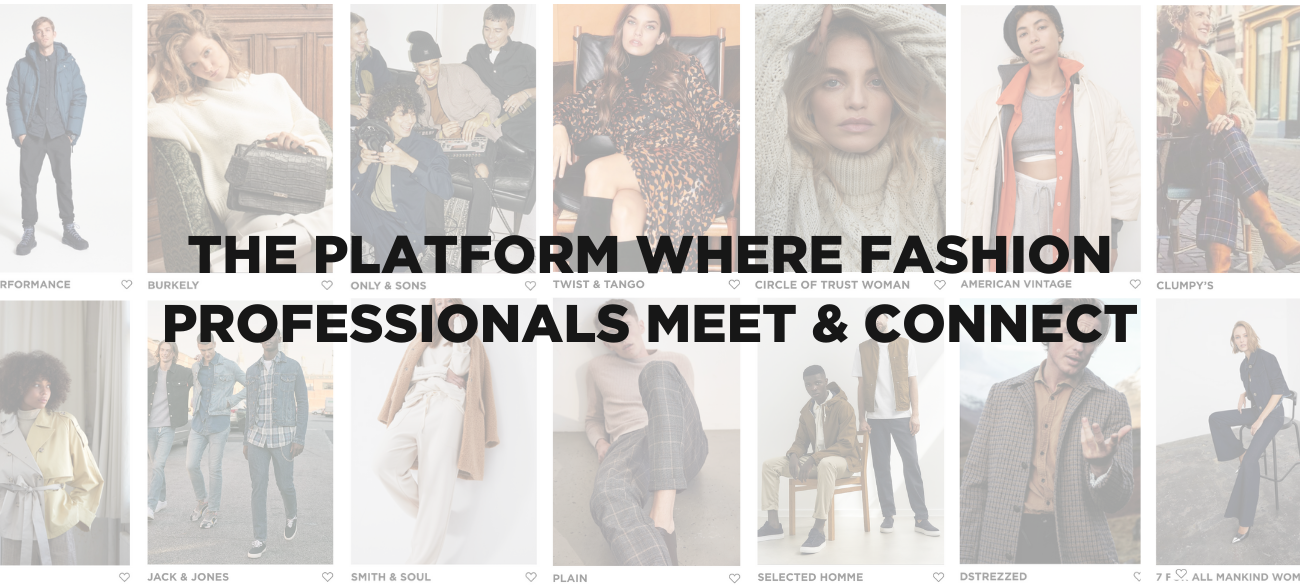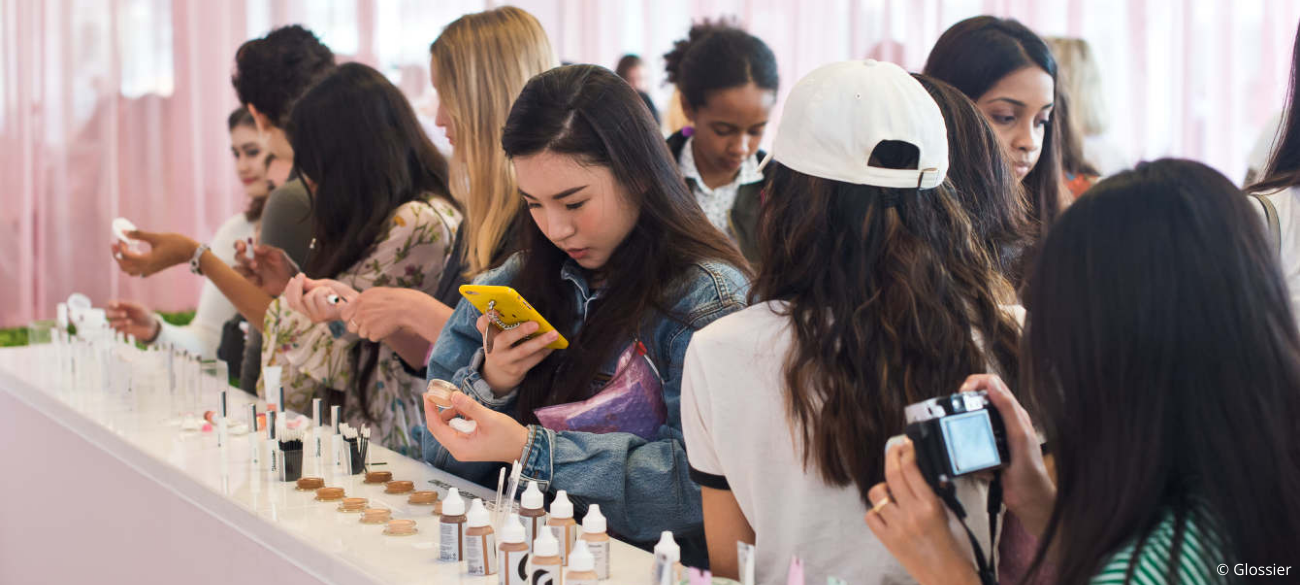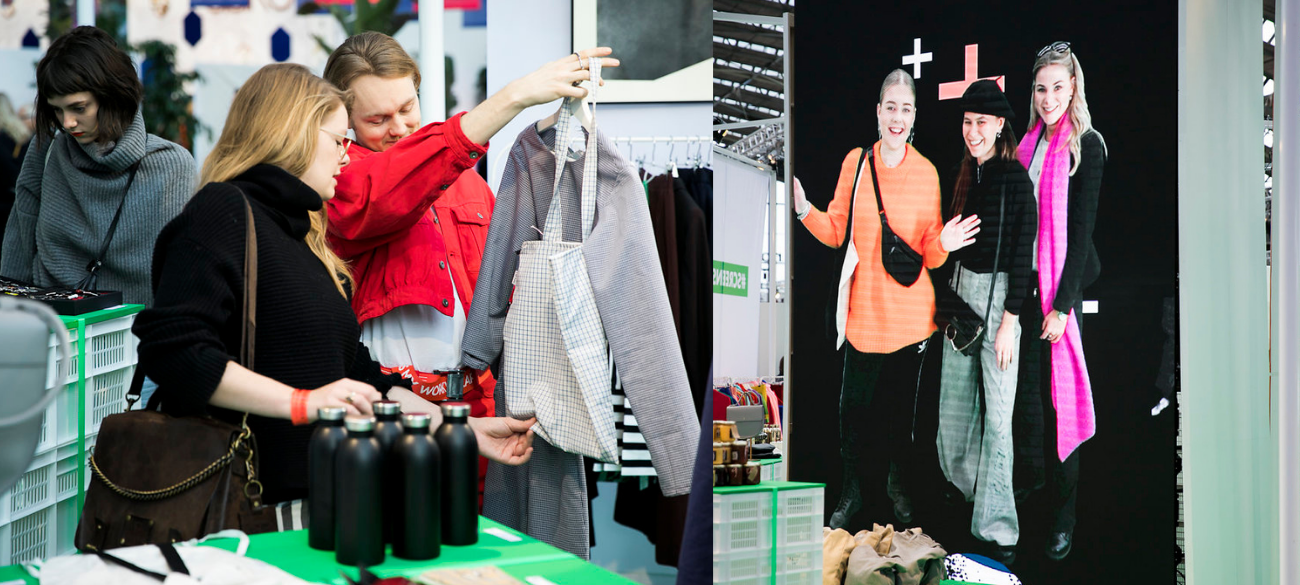EXPO Greater Amsterdam
Stelling 1
2141 SB Vijfhuizen

Create a free retailer account now or view the other options.
Online media sales: everything you need to know
The current lockdown has made the value of a webstore and strong online presence abundantly clear. But online shopping is certainly not limited to periods of lockdown: research by ShopLocal revealed that as early as 2006, 85% of shoppers did their own research online prior to an offline purchase. And since then, this figure has steadily risen, as have online sales in general. Content is now more important than ever, and online media have become essential sales channels.
Fusion of social media and e-commerce
Bottega Veneta recently deleted all of their social media accounts, but they are in the minority: most fashion brands actually rely on these channels. Netflix is now also playing an increasingly prominent role in the field. When the first teaser for the Gossip Girl reboot went viral, the pictured shoes worn by actress Jordan Alexander soon followed.
Sales through brand ambassadors have been flourishing for years, and nowadays it’s difficult to imagine a platform such as Instagram without them. The medium now has its own direct shopping function, and the activity button has even been replaced by a shop button. Instagram’s latest ‘Guides’ feature is also focused on shopping. The guides offer products within a certain category or theme, often including a direct link to the webstore in question. And a platform has now even been developed tailored completely to this trend: The Lobby; touted as ‘the closest IRL shopping experience you can get without leaving your house’. The platform features fashion items worn by influencers, who occasionally offer an honest review of a brand’s cut or sizing, for example.
Live shopping
In an interview with Business of Fashion, retail consultant Doug Stephens explains that the boundaries between (social) media and shopping experience are soon set to blur even further – in about five years’ time, he reckons. Concrete examples are Morphe and Glossier. Both concepts have dedicated part of their store space to content creation. And in China, a live-streamed influencer shopping spree is content in itself.

Affiliate marketing
In the Netherlands, we’re yet to reach the giddy heights of live influencer shopping, but affiliate marketing (endorsement, of sorts) is booming. A magazine such as Vogue or Elle makes a selection of – for example – the latest ankle boots, picking from a pool of exclusively affiliate partner products. Readers are presented with a curated selection of items, ‘approved’ by industry trendsetters, from which they make their purchase. In 2016, the Dutch affiliate market was good for an impressive turnover of 150 million euros (Stellia). The rapid rise of this market pays testament to the huge potential of content marketing. A focus on solely (online) advertising no longer cuts it; strong content helps products, services and brands to reach (potential) fans. The keys to success can be found in a combination of the right partnerships and vibrant own content (including fanbase and affiliate marketing); certainly now that the shops are closed, but undoubtedly also once they reopen.
Written by Emma Vloeimans.
Share article

